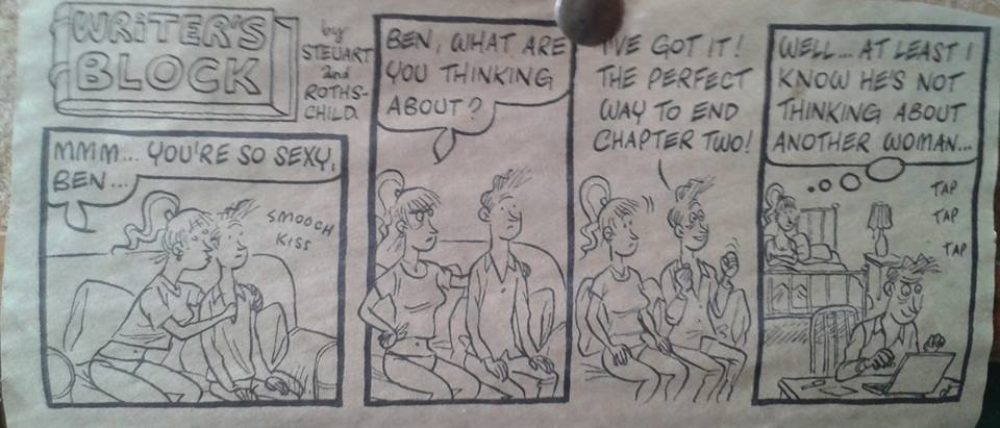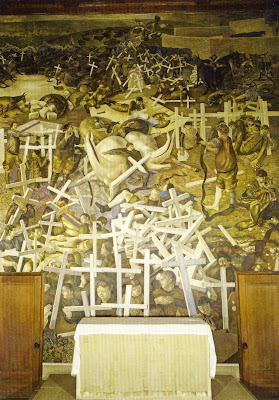You can run from Facebook but you can’t hide. Middle Godson’s father tells me:
“You now have a Facebook page:http://www.facebook.com/pages/Ben-Jeapes/103136406393148 because people like me have said that we like your books in our facebook profiles.”
Well, whoever the other guy is, thanks to both of you and I will try to be worthy of your trust.
I have occasionally thought of reviving my Facebook account. I could defriend-
[Defriend? How the hell did that word ever become meaningful? If language shapes cognition – the jury will always be out, but face it, it must do to at least some degree – then a whole generation is growing up with the idea that one of the priceless treasures of being human, the ability to have friends, is something that can, nay should, be ended with the click of a button. It’s a horrible, horrible word. If Facebook is ever hauled before some kind of Nuremberg for the crimes of society, this will be the first item on the charge sheet.]
– everyone I rashly signed up with in the early days when everyone was doing it, change my status to “writing” and leave it at that. This would be a way of dealing with all those people who start a conversation with something like “are you writing anything at the moment?” or “how’s the writing going?”
To which the best answers are respectively “yes” and “fine, thanks, how’s the marriage?”, though I’ve never quite had the courage to use the latter because I know they’re just trying to be friendly and wanting to have a conversation, and it would be like kicking a puppy. The implication of the latter response is meant to be that the question is far too personal and complex for the kind of short-term small talk they’re thinking of.
But, speaking of writing, this is my morning pre-work writing time so I’d better get on with some. I’m within 20 pages of finishing the current Work-in-Progress’s final comb-through. See, I’m sharing information already.




